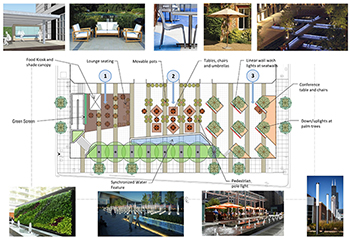Six Strategies for a Successful Building Repositioning
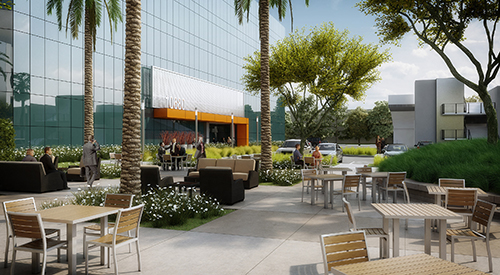
By Guest Blogger Dan Ringler
Some call it rebranding, others call it repurposing or reimaging. Repositioning is the word that LPA prefers because it speaks to what most building owners and developers envision— to transform a property so it's expressed in a whole new way, both aesthetically and functionally.
LPA has been successful at repositioning properties for decades, partly because of the fundamental sustainable design principles ingrained into our work. Rather than throwing an entire building away, we look at what materials and elements can be recycled.
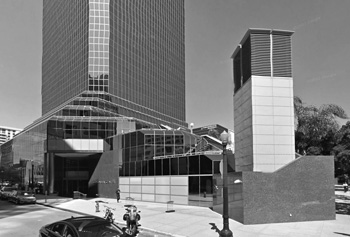.jpg)
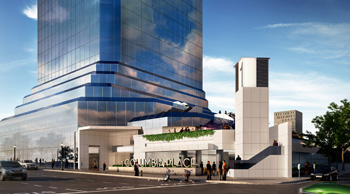 The other reason we’ve seen success in building repositioning is credited to a highly collaborative approach that brings our clients and yours into the design process from the beginning. As designers, we leave a lasting impact with the spaces we touch, but it’s the users the bring a building to life, so having a deep conversation with you about what you want and need is our best design tool. Having in-house resources to call upon—like structural, mechanical, electrical, plumbing, landscape, interior design and graphics—certainly helps the design team and allows you to experience a streamlined process with reduced fees.
The other reason we’ve seen success in building repositioning is credited to a highly collaborative approach that brings our clients and yours into the design process from the beginning. As designers, we leave a lasting impact with the spaces we touch, but it’s the users the bring a building to life, so having a deep conversation with you about what you want and need is our best design tool. Having in-house resources to call upon—like structural, mechanical, electrical, plumbing, landscape, interior design and graphics—certainly helps the design team and allows you to experience a streamlined process with reduced fees.
Building owners and developers see the value that this philosophy can bring to a project, if done strategically. So what are some key points to remember when repositioning a building?
- Spend wisely
- Engage the senses
- Make energy savings a priority
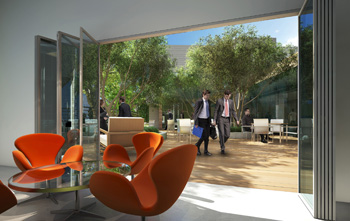
 Repositioning projects are great opportunities to improve on energy performance, so look for ways to save on energy costs as you design. An integrated design approachlooks at not only building systems but products like LED lighting, building control systems and utility incentives to maximize energy savings and paybacks. With new code regulations coming in July, you might as well get started.
Repositioning projects are great opportunities to improve on energy performance, so look for ways to save on energy costs as you design. An integrated design approachlooks at not only building systems but products like LED lighting, building control systems and utility incentives to maximize energy savings and paybacks. With new code regulations coming in July, you might as well get started.
- Let the process happen
- Brand it, trademark it, own it
In short, if you own a property that isn’t leasing or is on the verge of losing tenants, use one or a combination of the examples above to create new energy and excitement through repositioning.
Dan Ringler, project director at LPA Inc., is responsible for the overall project administration and design direction of interiors projects at LPA. With more than 19 years of experience in the interior design field, he leads the design team in all aspects of projects. Ringler’s professional work includes experience in all areas of commercial and hospitality interiors including corporate facilities, tenant improvements, hotel and restaurant interior design.
